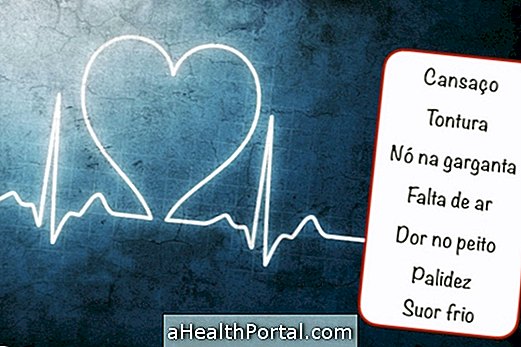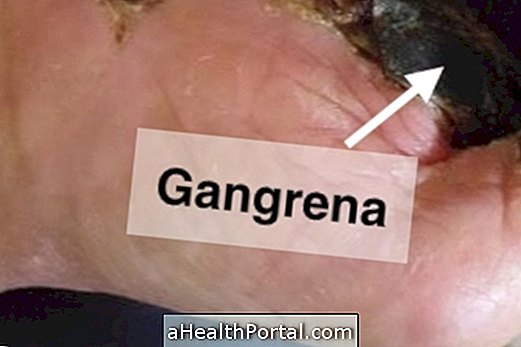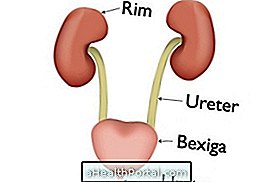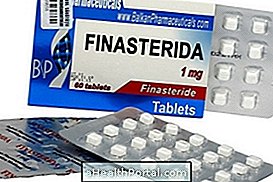Mitral valve prolapse is a present alteration in the mitral valve, which is a heart valve formed by two leaflets, which when closed, separate the left atrium from the left ventricle of the heart.
Mitral valve prolapse is characterized by failure to close the mitral leaflets, where one or both leaflets may exhibit abnormal displacement during contraction of the left ventricle. This abnormal closure may facilitate the undue passage of blood from the left ventricle to the left atrium, known as mitral regurgitation.
It is a common disorder and in most cases it is asymptomatic and does not cause health damage, which can occur in both men and women.
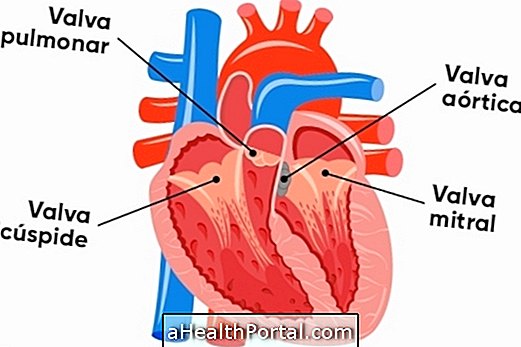
Main symptoms
Mitral valve prolapse, in most cases, is asymptomatic and is discovered during a routine echocardiogram. When the ultrasound finding of prolapse is associated with the presence of symptoms and the auscultation of a heart murmur, it is known as the syndrome of mitral prolapse.
The main symptoms that may be indicative of mitral valve prolapse are chest pain, palpitations, weakness and shortness of breath after exertion, numbness in the limbs and difficulty breathing in the lying position. Learn about other symptoms of mitral valve prolapse.
Is mitral valve prolapse severe?
Mitral valve prolapse in most cases is not severe and has no symptoms and should not adversely affect the lifestyle. When symptoms arise, they can be treated and controlled with medication and surgery. Only about 1% of patients with mitral valve prolapse will present a worsening of the problem, and may require surgery for valve replacement in the future.
When mitral prolapse is very large, there is a greater risk of blood returning to the left atrium, which may aggravate the condition a little more. In that case, if not treated correctly, it can lead to complications such as infection of the heart valves, severe mitral valve leakage, and irregular heartbeat with severe arrhythmias.
Causes of Mitral Valve Prolapse
Mitral valve prolapse can occur due to genetic alterations, being transmitted from parents to children, being considered hereditary cause, or due to unknown causes, appearing without reason (primary cause).
In addition, mitral valve prolapse may occur due to association with other diseases, such as Maritime Syndrome, infarction, Ehlers-Danlos Syndrome, severe diseases, polycystic kidney disease, and rheumatic fever. In addition, it may be after mitral valve surgery.
How to diagnose
The diagnosis of mitral valve prolapse is made by the cardiologist based on the clinical history and symptoms presented by the patient, as well as exams such as echocardiography and auscultation of the heart, in which movements of contraction and relaxation of the heart are evaluated.
During cardiac auscultation, a known click sound mesosystolic click is heard shortly after the onset of contraction of the ventricle. If blood is returned to the left atrium due to improper closure of the valve, a heart murmur can be heard shortly after the click.
How is the treatment done?
Treatment for mitral valve prolapse is usually not necessary when there are no symptoms. However, when there are symptoms, the cardiologist may recommend the use of some anti-arrhythmic drugs, such as antiarrhythmic drugs, which help control irregular heartbeats and prevent ventricular tachycardia that may occur in some patients. rare cases of mitral valve prolapse.
In addition, the use of diuretic medications may be recommended to help remove excess fluid returning to the lungs, beta-blockers, if there are palpitations or chest pains, and anticoagulants, which help prevent clots from forming.
In more severe cases, where there is a large leakage of blood to the left atrium, surgery is needed to repair or replace the mitral valve.

